An example of the architectural style in the French Quarter
“There was no city in America like New Orleans.”
This is one of my initial thoughts when I arrived in the city. I could not put my finger on it at first, but New Orleans feels familiar yet foreign to me. On our first day walking around town, I thought to myself that this city resembles a blend of other cities I have visited. The Central Business District reminds me of New York City, Canal Street resembles Hollywood Blvd and the Las Vegas Strip, and the French Quarter has the qualities of a French/Spanish neighborhood town.
I am sitting here writing this blog one week later, and I still feel like I have barely scratched the surface on things to do and see here. Yet, there is also a feeling that I have been here for months, even years! The amount of rich history that exists here is extensive and the evidence of it lies within the gas lit lanterns that hang outside homes and shops, old oaks and trees adorned with Spanish moss, weathered cobblestone sidewalks, and structures showing off their faded pastel colors.
There is a timeless charm about the city. With centuries of history seamlessly stitched together, New Orleans itself shows signs of immortality, making it the perfect home for… You guessed it… Vampires! Before this course, Anne Rice’s Interview with the Vampire was one of the books I was looking forward to reading the most since I’ve watched the AMC TV series adaptation, but I just never got around to reading the actual books. And boy, what a different experience it was.
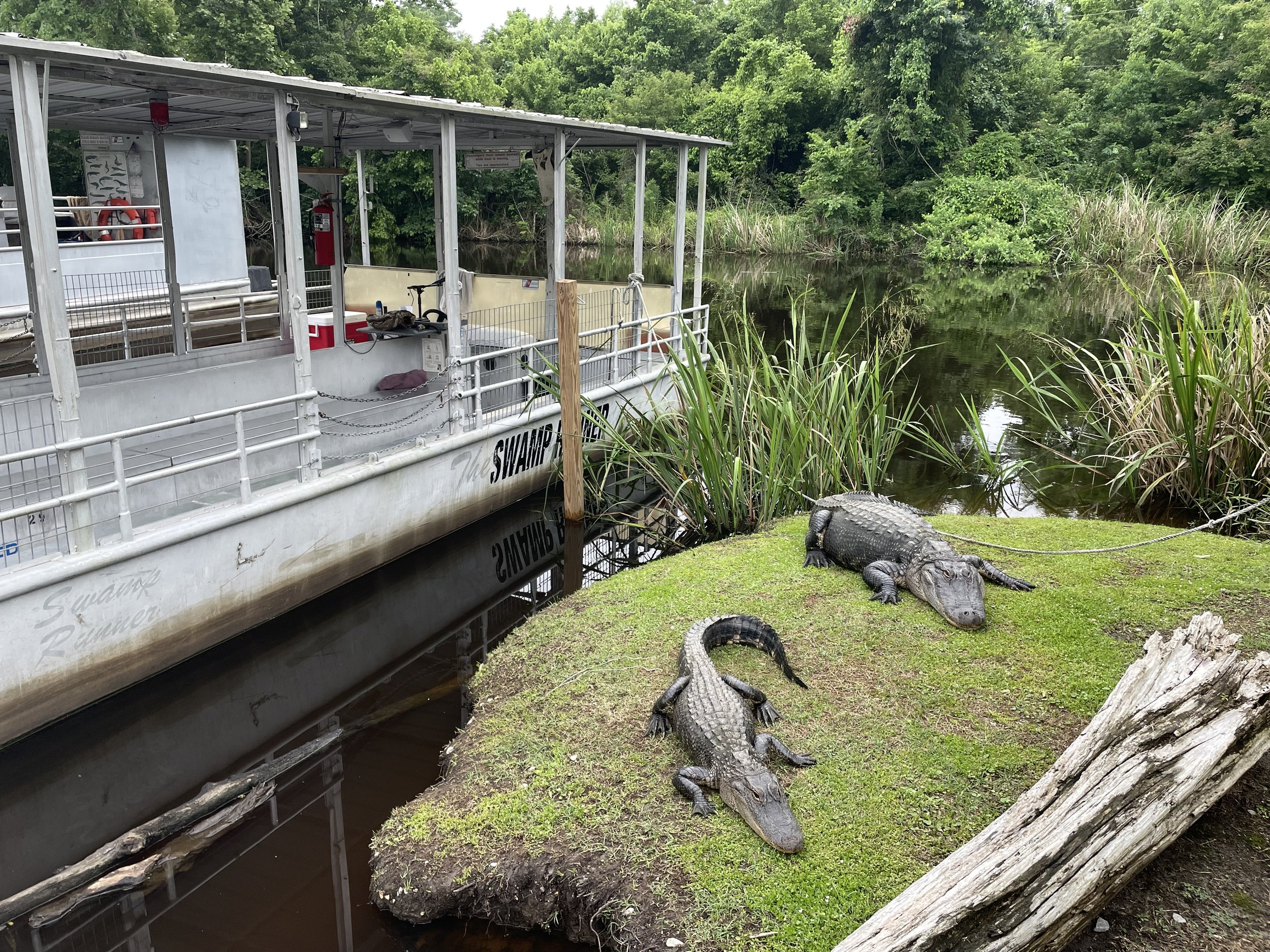
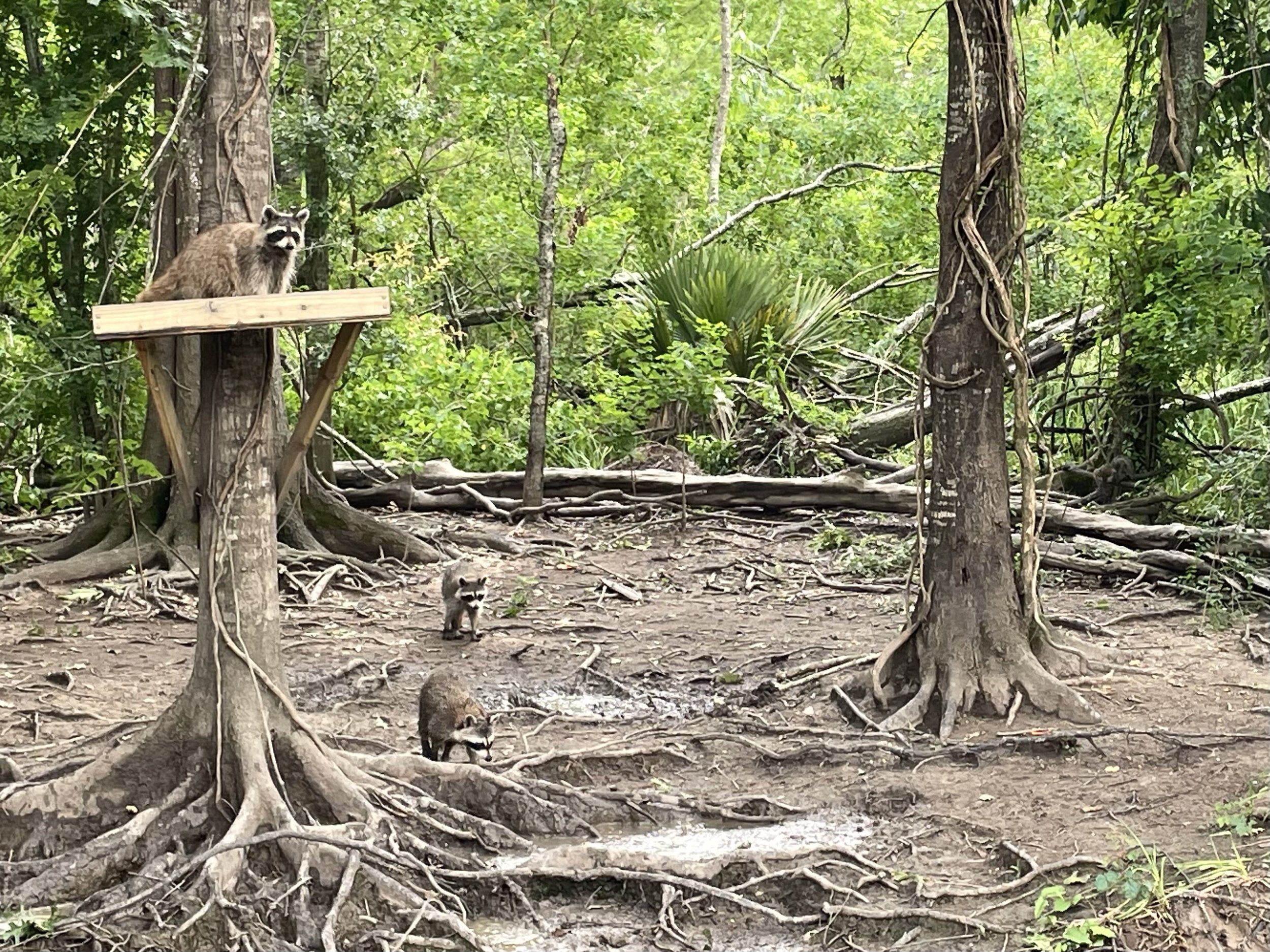
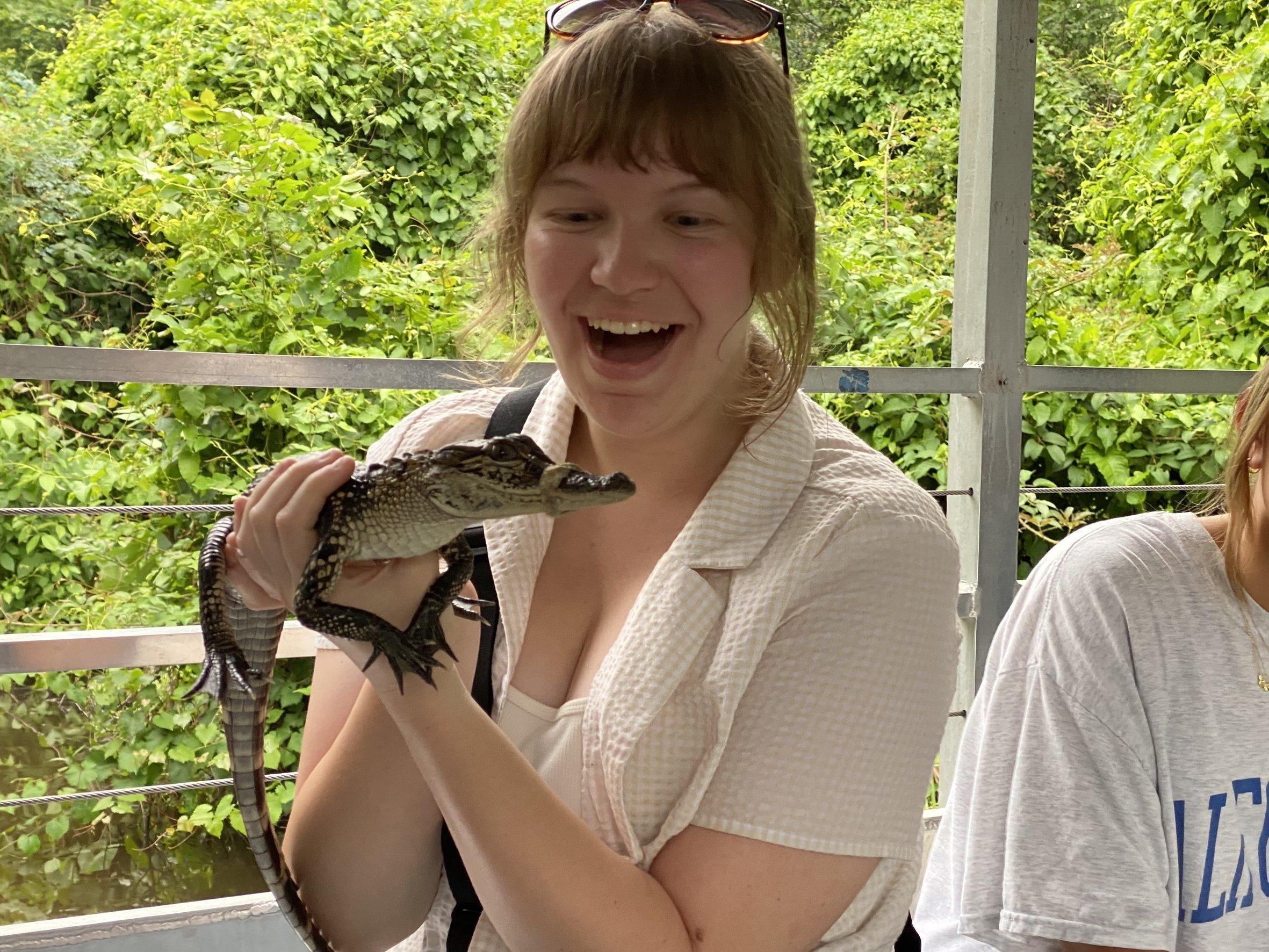
Since we started reading the book before we left Grand Isle, I was relying on Rice’s descriptions of New Orleans and the swamps to conjure up the setting in my head. Thankfully, one of our little detours before entering the city was a swamp tour. This activity was the one I was anticipating the most because 1) I have never seen an alligator before in my life and 2) my favorite animal is a raccoon and the tour site promised that I was guaranteed to see them. My only preconceptions of swamps were based on what I have seen so far from looking out of the van window and from films/television. Let’s just say the swamp tour did not disappoint. I was instantly entranced by the tall cypress trees draped with Spanish moss making it look like they came straight off of a postcard. The murky waters were completely still other than the ripples caused by the boat and alligators swimming nearby. The surrounding air was filled with an earthy musk and sat heavily with a little breeze of air every now and then so it was not entirely suffocating. And… the sounds. I am not used to cicadas, and I know they are not popular amongst the locals, but their persistent hum almost acted like a heartbeat for the swamp. Mixed with the soft croaks of frogs and faint cries of birds flying overhead, I believe they brought the scenery to life. There is an eerie tranquility about the swamp, the sights and sounds lure you in and tuck you away from the rest of the world.
“And there were the sounds of the swamp, a chorus of creatures, the cry of birds. I think we loved it.”
New Orleans has a way of reminding you about life and death everywhere you go. In the swamp, you can see and hear life through the luscious greens and sounds of animals, but also you are reminded of death through knocked down trees and lurking predators (e.g. alligators) who are always on the hunt for their next meal. As you move into the city, the same principles apply. Life in the city is apparent in its people, live music, and parade celebrations whereas death creeps up on you when you pass by cemeteries and haunted landmarks. However, I have observed that death is not feared here but rather embraced. Notably, I was eager to get the chance to learn about the history of Voodoo and Voodoo practices. Originating from African countries and Hatian regions with elements of Catholicism, the practice of Voodoo adds to the cultural mythos of New Orleans. The affinity between the natural and spiritual worlds is the foundation for this religion. Practitioners of Voodoo are known to call upon spirits and ancestors through rituals and offerings in order to seek healing, advice, or protection. Even though it has no direct ties with Vampirism, I still believe they are intertwined with one another. Yes, they both contribute to the folklore that makes up the city, but they also both align with themes of immortality. Voodoo practitioners achieve a sense of spiritual immortality by connecting with spirits and ancestors while Vampirism relates to immortality in a more literal sense by drinking the blood of the living to defy death.
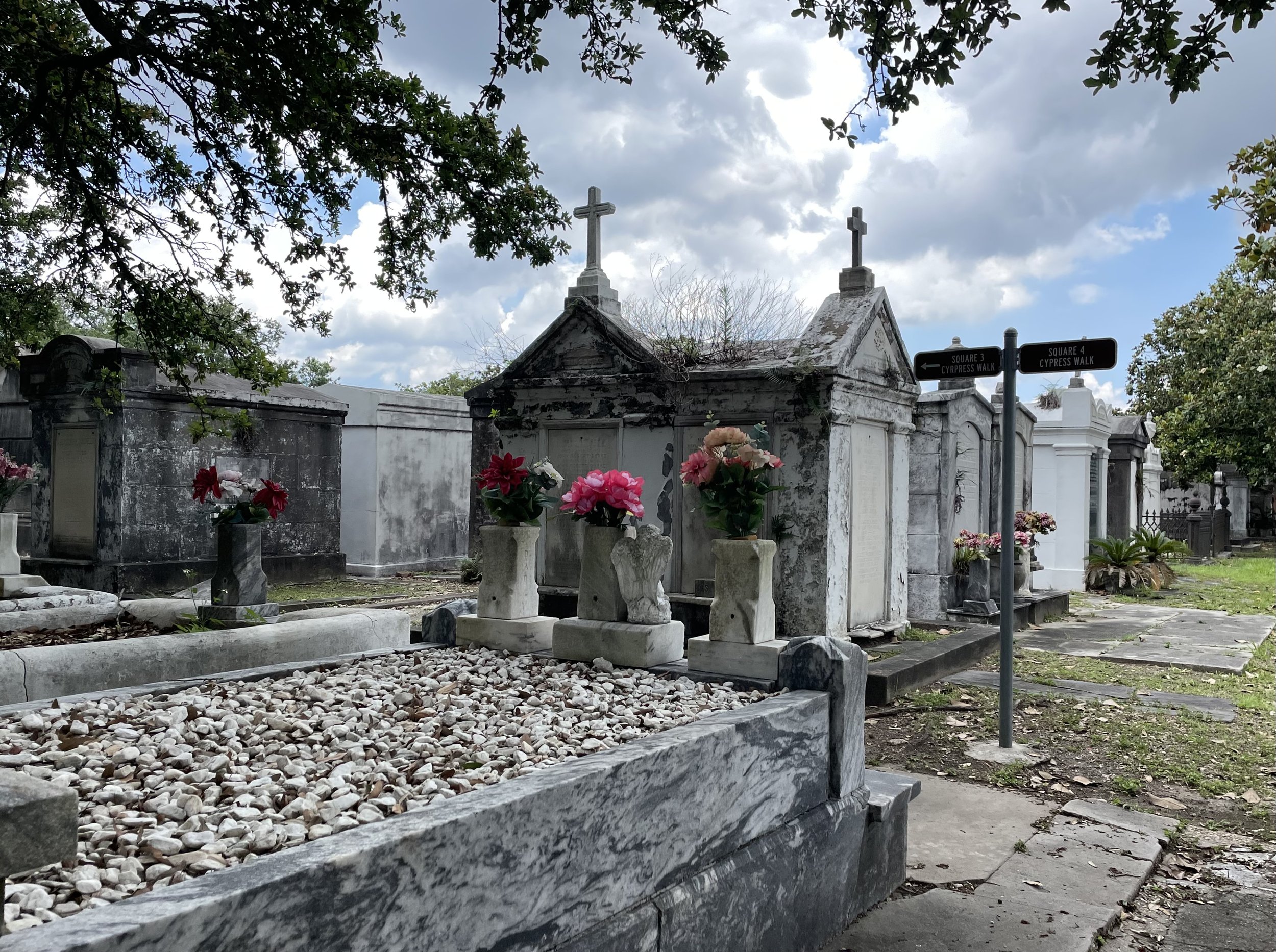
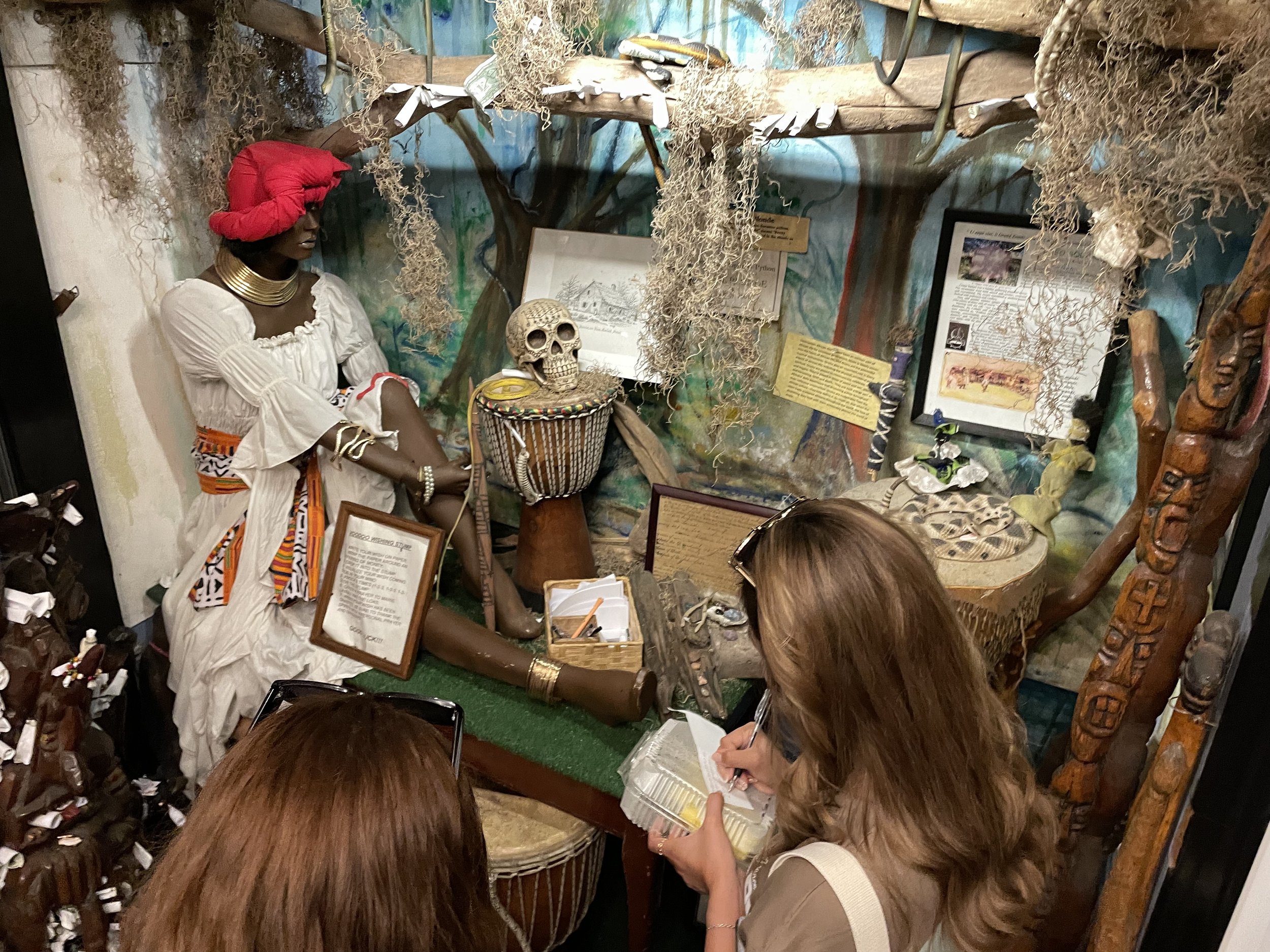
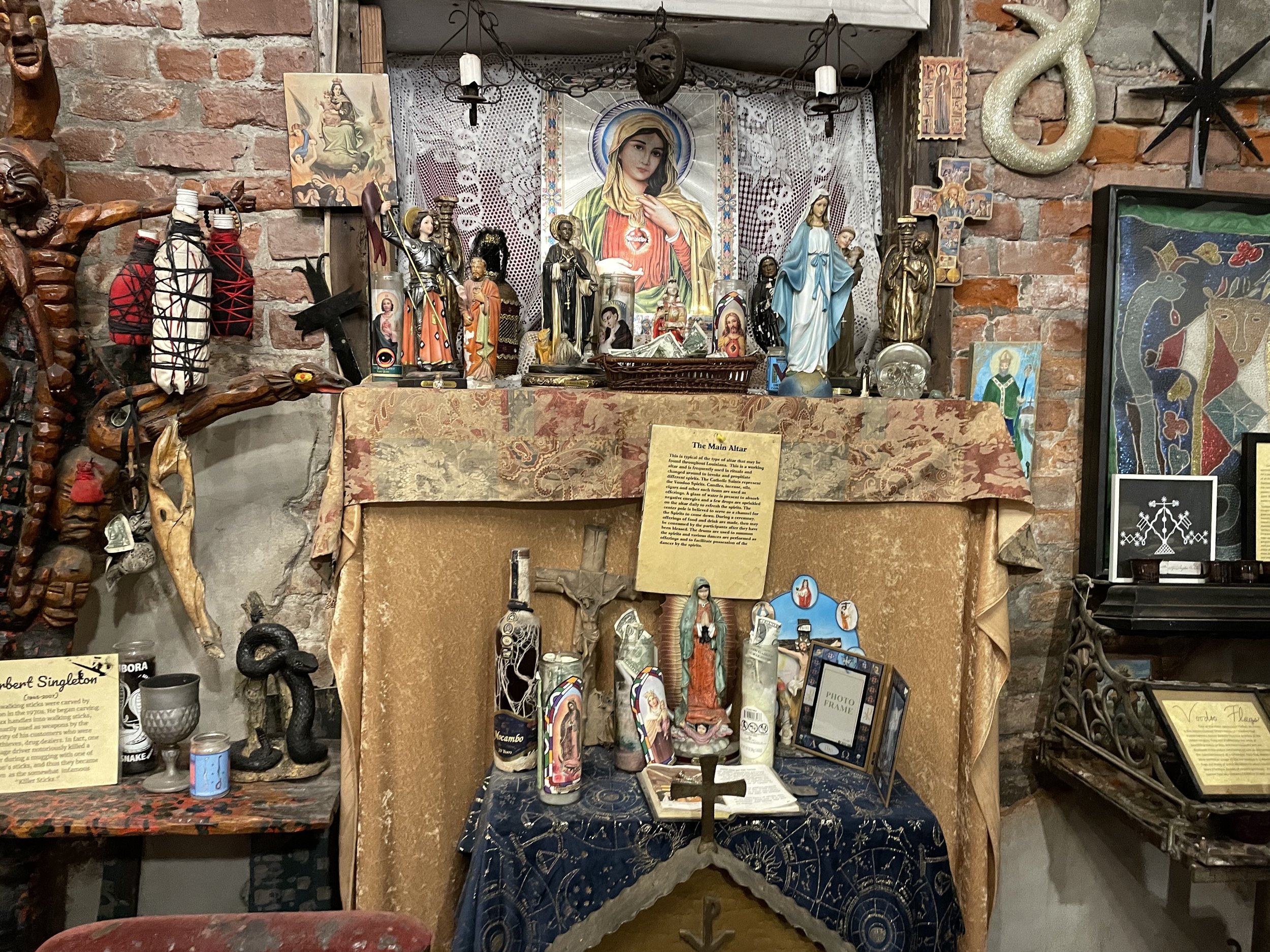
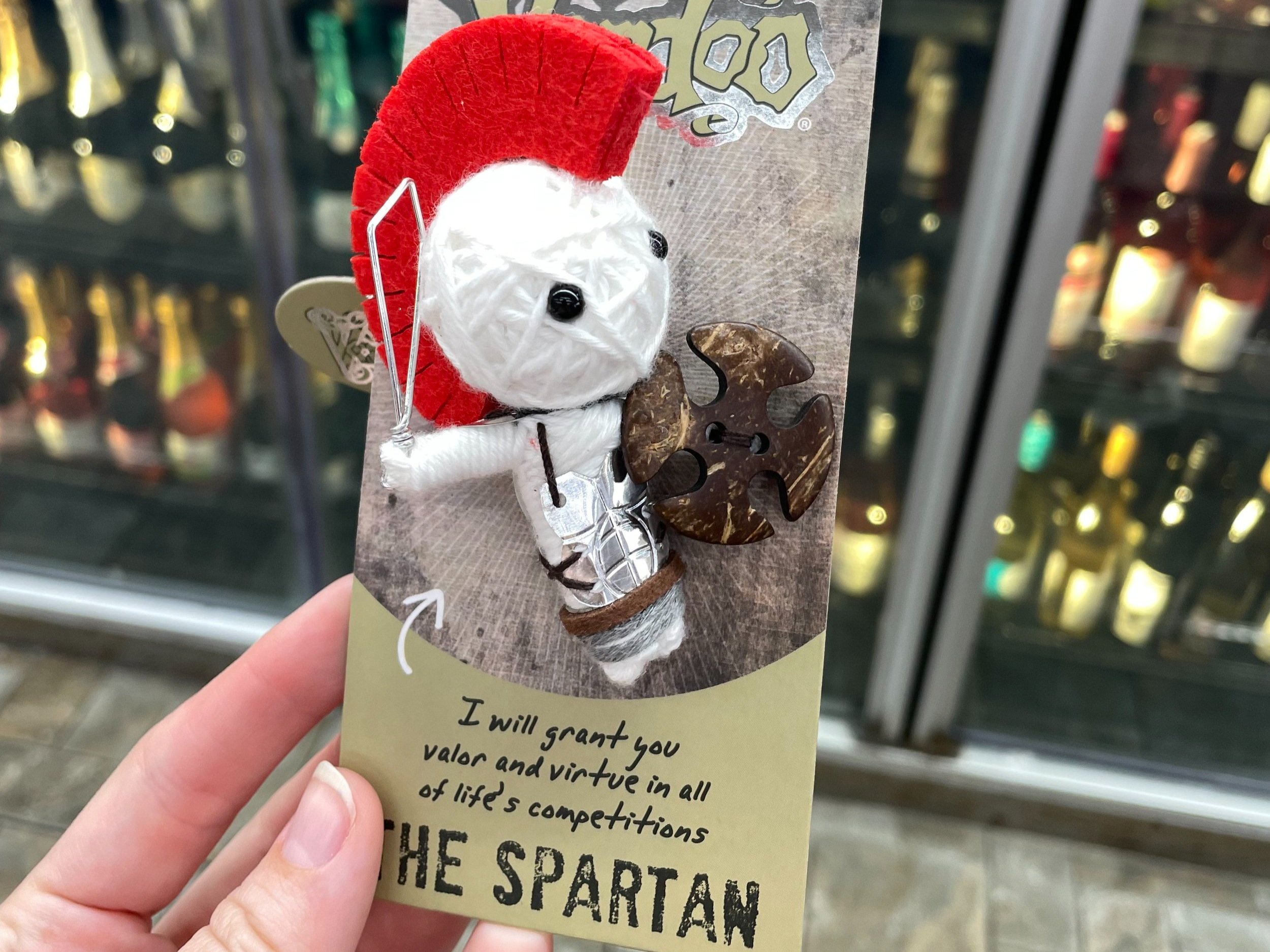
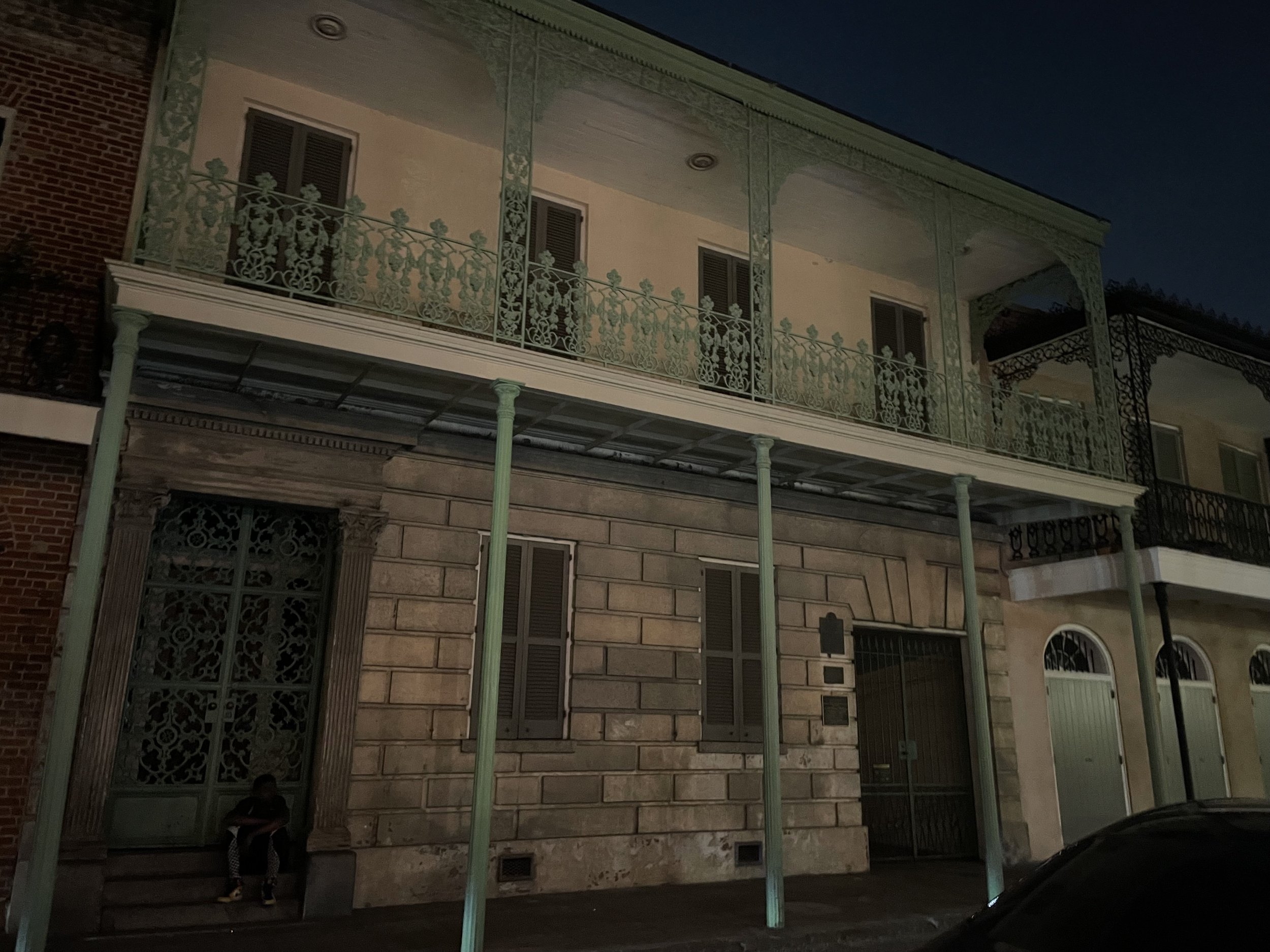

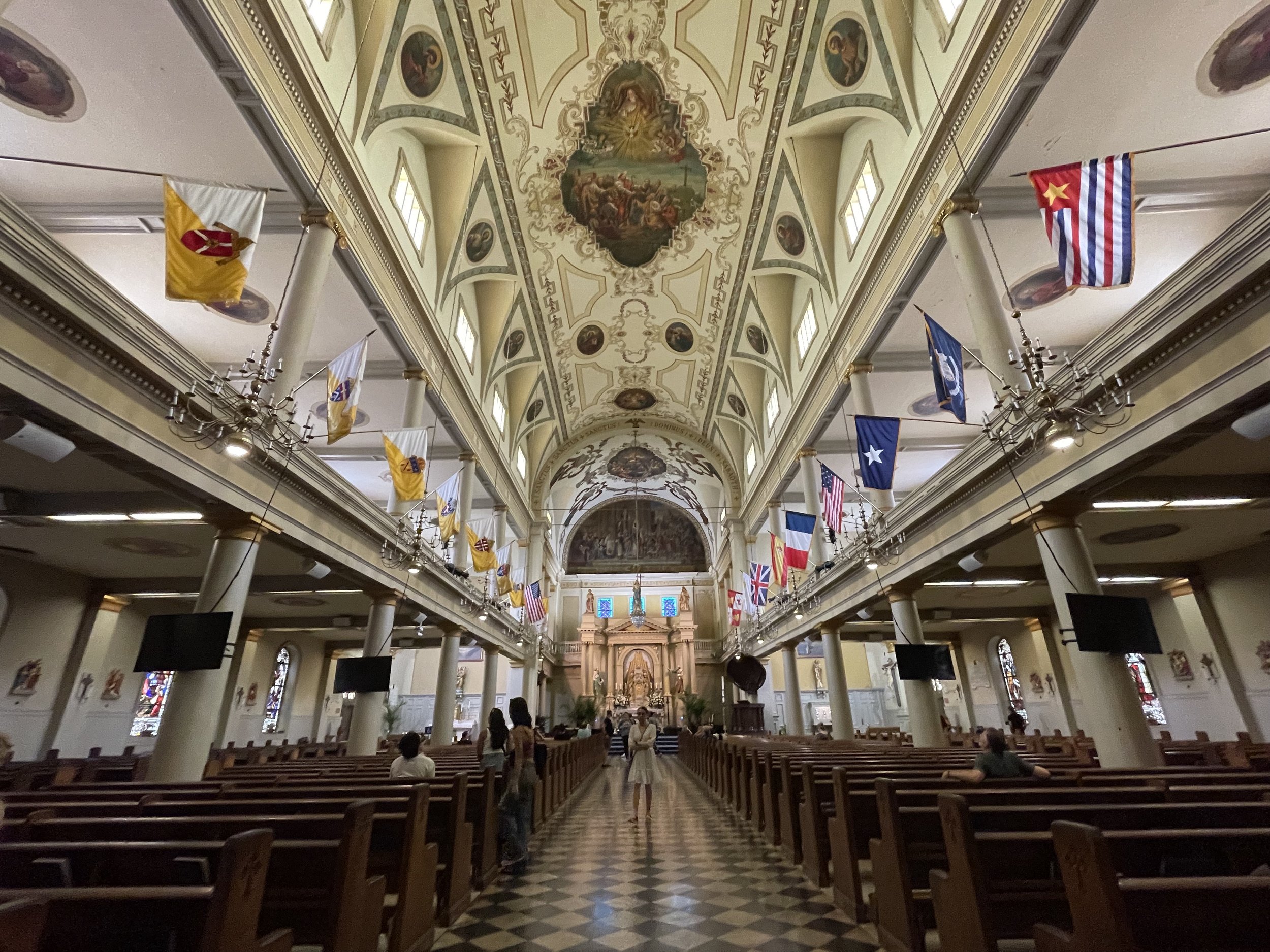
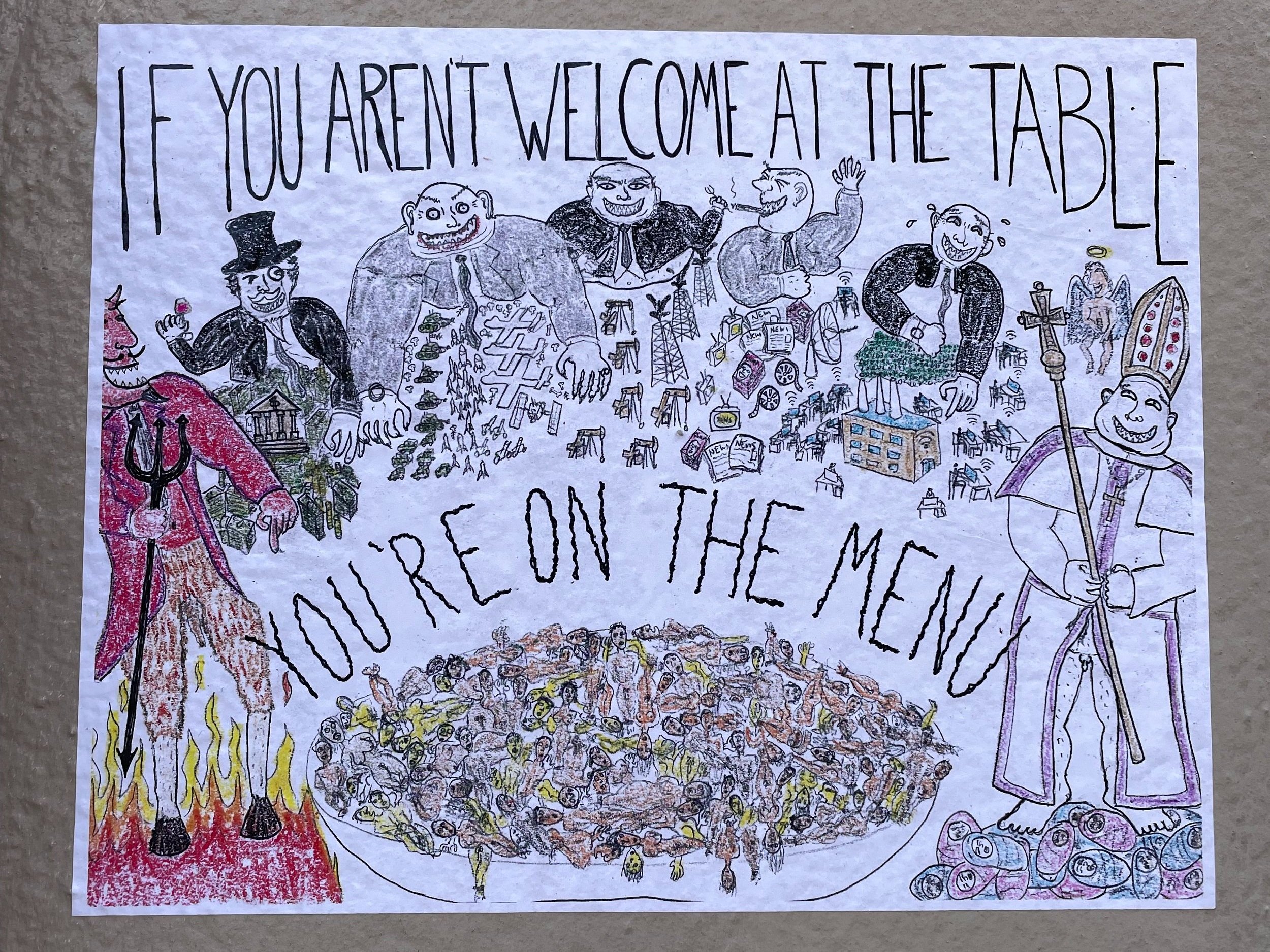
In Interview with the Vampire I enjoy the parts where Anne Rice brings up conversations surrounding mortality versus immortality and the moral burdens that come with everlasting life. It is not something that you think about and question every day. If you were offered the chance to be immortal, would you accept? In my humble opinion, immortality is straight up scary. I understand that we only have one life to live and there are no do overs, but I just cannot mentally comprehend living forever and “aging” along with the times. I sympathize with Louis’ internal struggles with the moral implications about living forever and the overwhelming guilt that comes with taking away the lives of other humans to sustain his own. Lestat, on the other hand, views human life as disposable and embraces his immortality since it has been over a century that he was a human himself. The novel really implores its readers to ask themselves which kind of vampire they would be – a Louis or a Lestat.
“Evil is a point of view. We are immortal… God kills, and so shall we… for no creatures under God are as we are, none so like Him as ourselves, dark angels not confined to the stinking limits of hell but wandering His earth and all its kingdoms.”
The shadow of Jesus Christ on the back of the St. Louis Cathedral overlooking Bourbon Street
So far, I understand why people love to visit New Orleans. There is a palpable allure that attracts tourists from all corners of the world.
Life and death.
The natural and supernatural.
Mortal and immortal.
All of the above are building blocks of the city, an intoxicating epicenter for sin and salvation.
“I might never leave New Orleans. But then, what are such thoughts when you can live forever? Never leave New Orleans ‘again?’ Again seemed like a human word.”











